Melbourne Indesign – The Collingwood Precinct
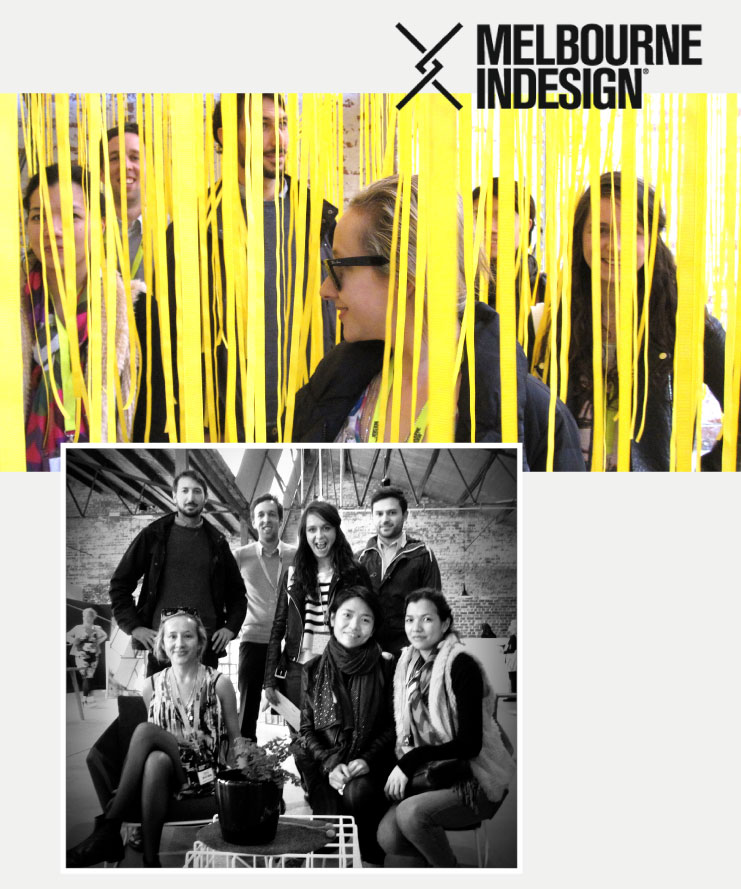
This annual industry event takes place in four precincts of Melbourne, Collingwood being one of them. A home to design, architecture and also H2o Architects studio for over a decade, a few members of our team ventured out to explore some of the local and Melbourne CBD showrooms for the afternoon.
We filled the afternoon with visits to multiple showrooms and pop-up spaces, chatted and networked with other industry professionals whilst looking at displays of new ideas and products.
A great day had by all. Our favorite local exhibitor… ‘Café Culture + Insitu’
Image: A few of the H2o team at Café Culture + Insitu
Mon Cahier D’Architecture – Paperback
Mon Cahier D’Architecture
Pour Jouer sans trainer dans les pattes de Mémé
Avondale Heights Library was included in a beautiful little children’s activity book Mon cahier d’architecture by Maison de l’architecture et de la ville.
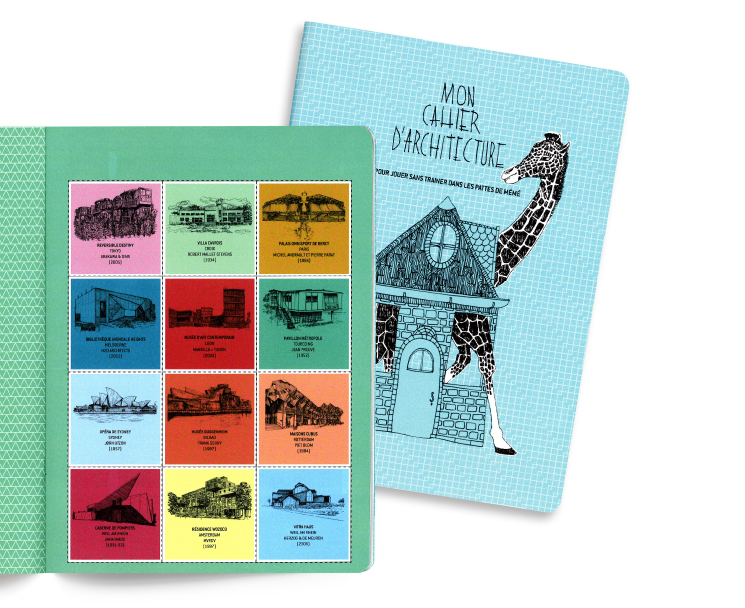
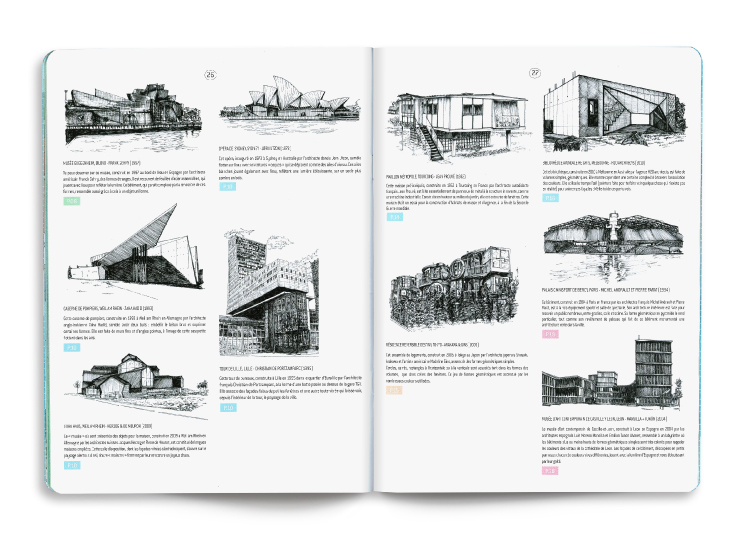
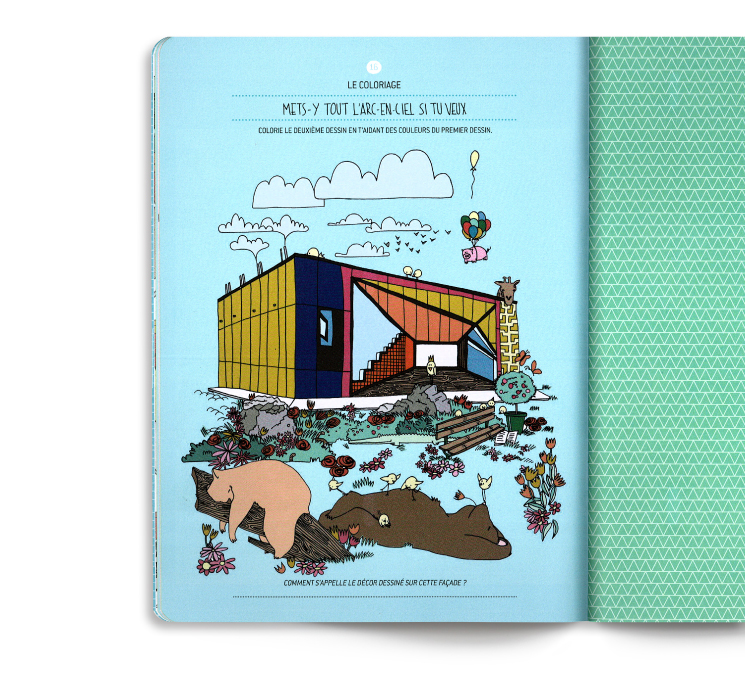
Timber’s comeback in design – The Age
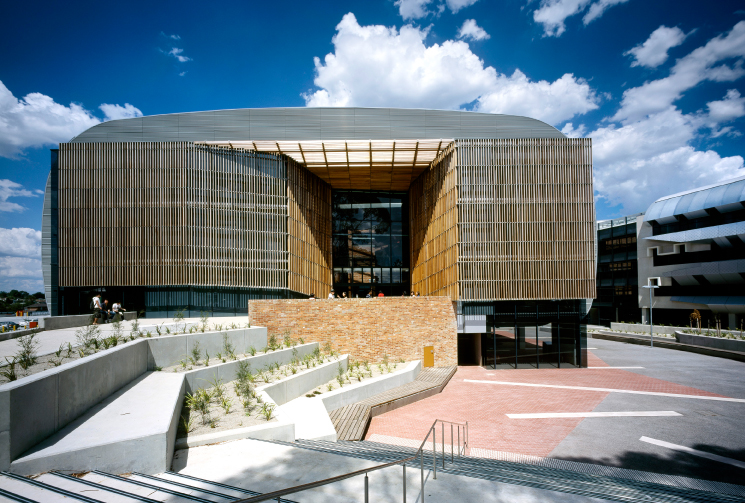
It was the fall of the Berlin Wall that indirectly had a huge impact on the work of Melbourne architect Tim Hurburgh.
The then prime minister, Paul Keating, had bought a 100-year-old building in Berlin as Australia’s new embassy, and Hurburgh, on behalf of Bates Smart, had the task of refurbishing it. The job was to radically refocus his work on the role of timber in commercial construction.
”It was an old classic European courtyard development – the building faced the main street at the front and at the back, it faced the Spree Canal, with a courtyard in the middle,” he told BusinessDay. It was the windows that caught his eye.
”They had amazingly assembled double-glazed window systems in timber, enduring the heat and snow, and were over 100 yers old.
”This material, incredibly well crafted, made technically sophisticated window systems, with inside and outside components, in a cli- mate more extreme than ours – particularly the cool side,” he said.
”The whole city uses timber extensively, and systems that combine timber and aluminium. There are many contemporary systems in Germany and Switzerland where they have a casement window with double hinges that becomes an awning. They are used extensively in commercial, industrial and residential uses, plus lots of timber cladding.”
The Berlin experience, combined with his Tasmanian heritage – “hardwood timber has been used extensively there since day one” – became a seminal influence on Hurburgh and a focus of the work of H2o, the practice he formed after leaving Bates Smart. ”I hadn’t used timber since I was a student in Tasmania,” he said.
The chance to use wood in a big project came with a textiles building for RMIT in the late 1990s. ”I wanted to use timber cladding,” Hurburgh said. But he had to convince RMIT that timber’s performance could be guaranteed.
The result was to use an established, reputable source – western red cedar. ”The trees go so tall and straight in the North American forests – incredibly straight-grained, knot-free, vermin-resistant, they do not expand or contract, and are dimensionally stable – an easily used beautiful timber. RMIT accepted that as an internationally accepted industry,” he said.
The upshot was that H2o wrapped the building in a waterproof building paper and used the timber as external skin. ”We introduced the idea of a thermal chimney, using the timber both as a rain screen to keep water off the building, and a visual finish, separate from the building with paper, and also as a thermal barrier and insulator, to keep hot northern sun off the interior,” he said.
It was a hugely influential building; he said – ”probably the most influential building H2o has done” – and led to a reawakening among institutional clients.
The use of timber in commercial buildings has grown dramatically in the past decade. For example, the new exterior on the old Daimaru building at the corner of Swanston and Latrobe streets is adorned with timber.
H2o has long since added Australian hardwoods to its repertoire. ”We have used timber in a suite of buildings, both externally and internally,” Hurburgh said. These buildings range from a tennis club in Hobart to Deakin University buildings, the Lakeside Stadium grandstand and the RMIT advanced manufacturing precinct.
Particularly notable was the Genazzano College performing arts centre, where timber was used on the main acoustic walls, platforms for seats, the ceiling, and even the balustrades, where perforated timber came into play.
Hurburgh said people had responded enthusiastically for thousands of years to timber. ”It weathers and wears well, as natural products do – it gets better with age, is pleasant to look at and touch, and comes in a whole range of timber types, indigenous and imported,” he said. ”We’ve never had difficulty in persuading people to use it … it’s in our DNA.”
Text: Philip Hopkins
Image: Deakin University International and Business Centre Building
www.theage.com.au
H2o concentrates colour – Mark Magazine
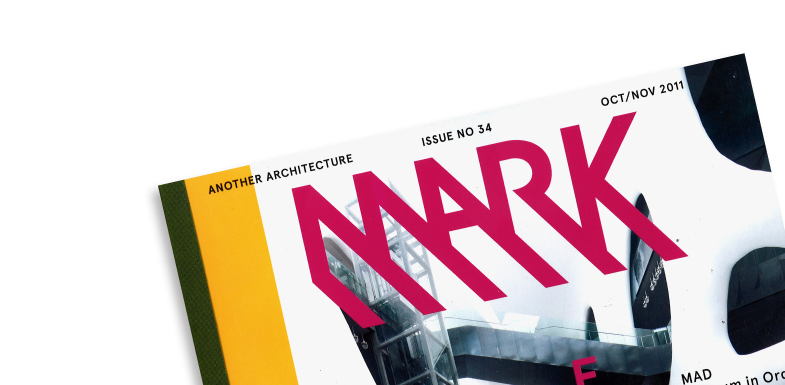
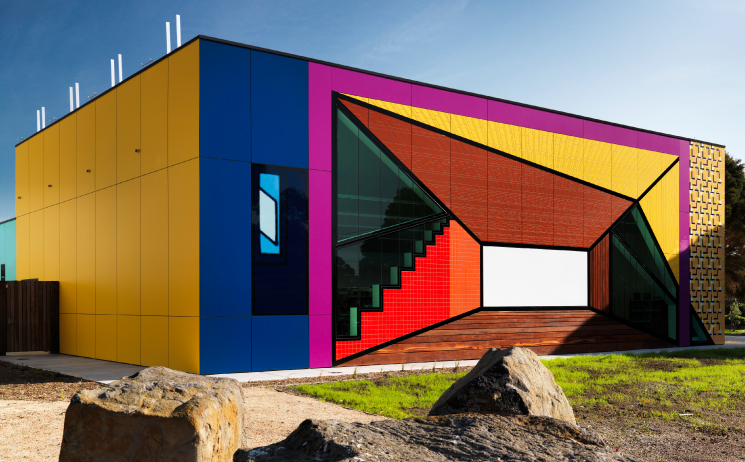
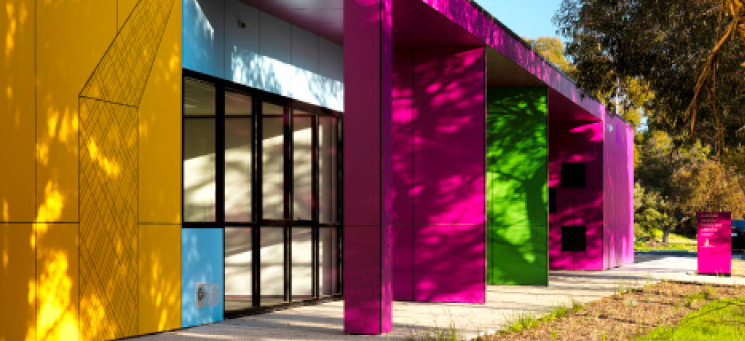
Mark Magazine – Issue 34
Bold use of Trespa paneling and a wall patterned with local inspiration have created an eye-catching library and learning centre in Avondale Heights, a leafy suburb of Melbourne. Local firm H2o, which prides itself on the creative reuse of existing structures explored cultural aspirations reflected in the housing choices and style of the surrounding neighbourhood.
The budget dictated a simple and formal rejuvenation of the two dated council buildings in question. H2o’s solution combines pop art and bright colours reminiscent of its previous work, along with a salute to Australian comic Barry Humphries and artist Howard Arkley, to create a charismatic and inviting building for the community.
‘The trompe l’oil portrait wall expresses the “embedded” interior, inspired by a response to Humphries’ satire and to Arkley’s suburban iconography,’ says Tim Hurburgh of H2o. The south wall features an eclectic palatte of ‘found’ resources – colour, patterning, ceramic tile and timber slats – that reference the locale. A black-painted structure defines the façade elements and frames the Trespa cladding; the result can be compared to a cartoon drawing.
Exterior geometries reappear inside the complex, and windows are positioned to break the formality of the programme, allowing for study breaks and group reading areas. Hurburgh explains that lightly tinted glass was used ‘as a device to provide visual relief and to reinforce the facility’s character as non-intuitional and welcoming’.
Text: Lorna Gibson
